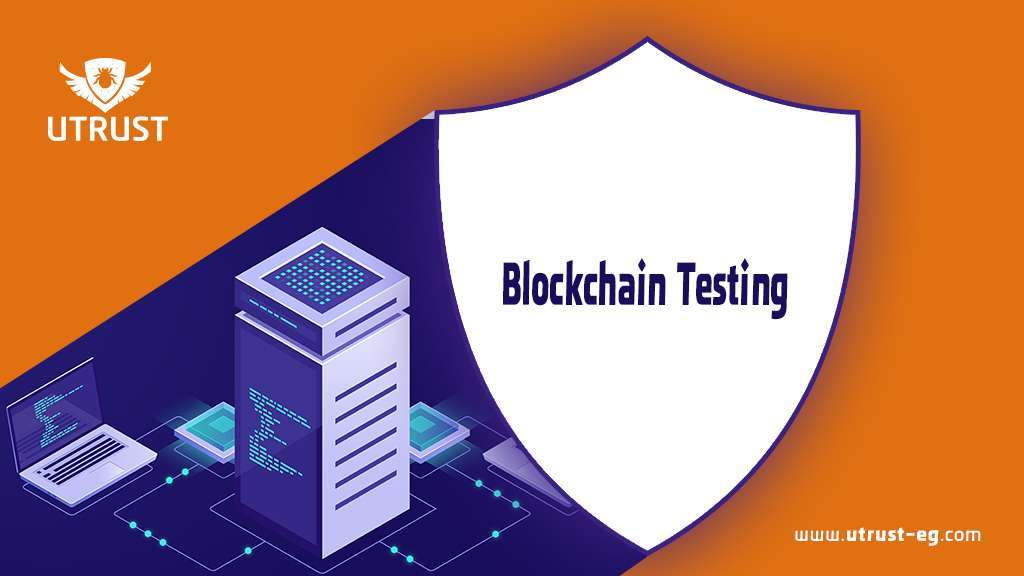In this article will explain how to conduct blockchain testing?
What is Blockchain?
Blockchain is a distributed digital ledger technology that records transactions in a secure and transparent way. It is a decentralized system, where multiple parties can participate in verifying and recording transactions without the need for intermediaries such as banks or other financial institutions.
Each block in a blockchain contains a set of transactions that are validated and added to the chain in chronological order. Once a block is added to the chain, it cannot be altered or deleted, providing an immutable record of all transactions.
The security of the blockchain is maintained through cryptography, which ensures that blocks can only be added to the chain by authorized parties and that the data is tamper-proof. The decentralized nature of the blockchain also provides a high level of transparency, allowing all participants to view and track transactions in real-time.
Blockchain technology has numerous applications, including cryptocurrencies, supply chain management, voting systems, and more. It has the potential to revolutionize various industries by providing a secure and transparent way to record and verify transactions.
What is Blockchain Testing?
Blockchain testing is the process of systematically evaluating various functional components of a blockchain, including smart contracts, blocks, mining, transactions, wallets, and more. Unlike traditional software testing, blockchain testing involves evaluating a range of components to improve the quality of a blockchain implementation, from system performance to security.
According to Santu Maity, an Enterprise Architect at IBM, the best approach to blockchain testing involves evaluating the entire environment, including mobile and web blockchain-based applications that interact with the blockchain system’s functional components, such as APIs, smart contracts, and nodes.
There are several types of blockchain testing, including functional testing, integration testing, security testing, performance testing, cycle testing, smart contract testing, and API testing. Functional testing involves adding a block to the blockchain to test components, systems, and their functions. Integration testing tests the integration or interfaces between components and different parts of the system. Security testing is essential for debugging a blockchain application, particularly for high-security financial, government, or regulatory environments. Performance testing evaluates the speed of blockchain applications, while cycle testing ensures that transactions are stored in the proper order to maintain consensus across all cycles. Smart contract testing involves verifying that parties involved in transactions follow the rules, and API testing evaluates the interaction of applications inside and outside the blockchain system.
How to conduct Blockchain Testing?
1. Plan the Testing Process
Before starting testing, it’s essential to plan the testing process to ensure that all aspects of the blockchain app are tested thoroughly. This involves creating a testing plan that outlines the testing objectives, test cases, and testing methods.
Functional testing is the process of testing the individual functions of the blockchain app. This includes testing smart contracts, blocks, mining, transactions, and wallets. Functional testing ensures that all components of the blockchain app work as expected and that they perform the intended function.
Integration testing involves testing the interaction between different components of the blockchain app. This includes testing the integration between the blockchain network and the user interface, APIs, and other external systems. Integration testing ensures that all components of the blockchain app work together seamlessly.
Security testing is critical for blockchain apps, especially those used in high-security environments such as financial transactions. Security testing involves testing the blockchain app for vulnerabilities and weaknesses that can be exploited by attackers. This includes testing for data breaches, identity theft, and hacking.
Performance testing is the process of testing the blockchain app’s performance under various conditions. This includes testing the app’s scalability, response time, and throughput. Performance testing ensures that the blockchain app can handle high volumes of transactions and perform optimally under stress.
6. Cycle Testing
Cycle testing involves testing the blockchain app’s consensus protocol to ensure that transactions are stored in the correct order. This involves testing the blockchain app’s ability to maintain consensus across all cycles, ensuring that transactions are executed in the correct sequence.
7. Smart Contract Testing
Smart contract testing involves testing the blockchain app’s smart contracts to ensure that they execute transactions correctly. This includes testing the smart contract’s code for errors and vulnerabilities that can compromise the security of the blockchain app.
API testing involves testing the interaction of the blockchain app with external systems. This includes testing the app’s APIs to ensure that they work as intended and that they interact correctly with other systems.
Conclusion
Blockchain app testing is critical to ensuring that the app works as intended, is secure, and performs optimally. By following the above steps, you can ensure that your blockchain app is thoroughly tested and ready for deployment. Always remember that testing is an ongoing process, and you should continue to test your blockchain app regularly to ensure that it remains secure and performs optimally.
Comments are closed.





